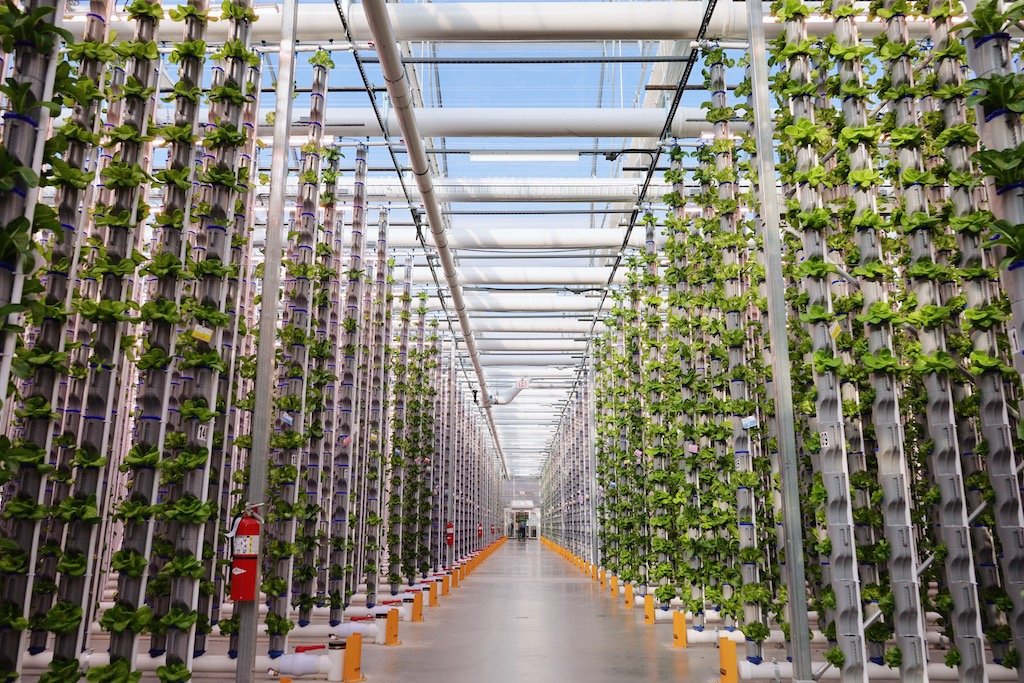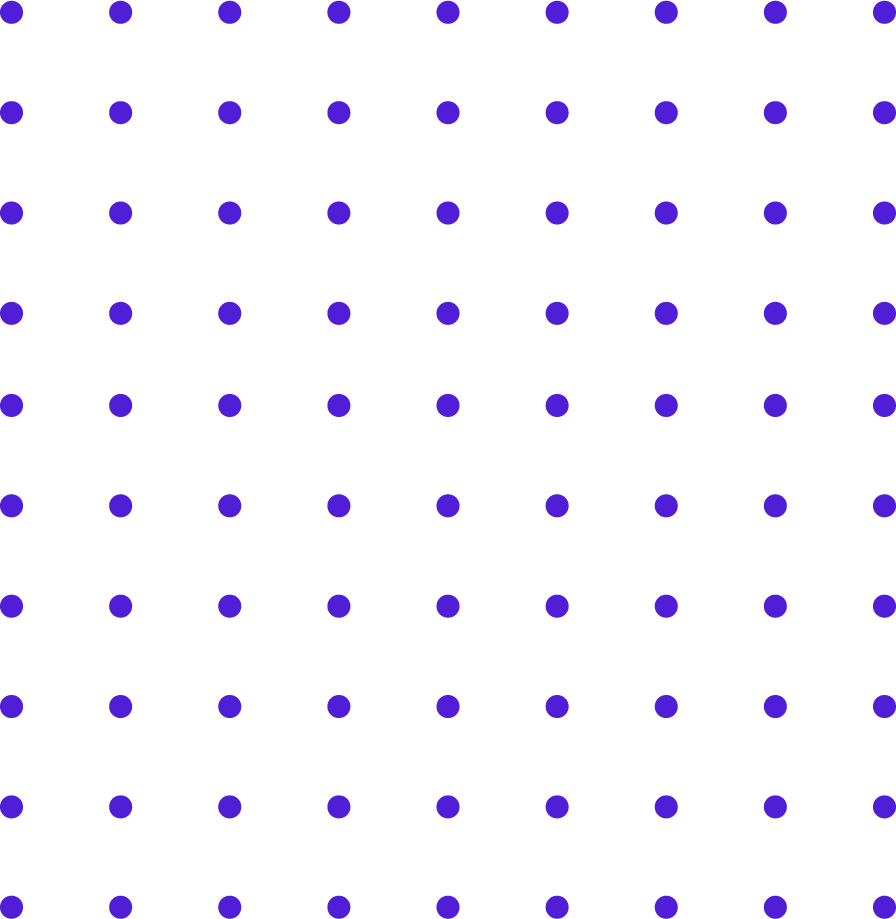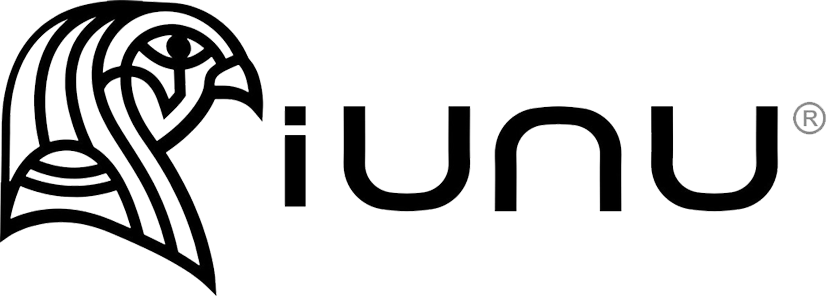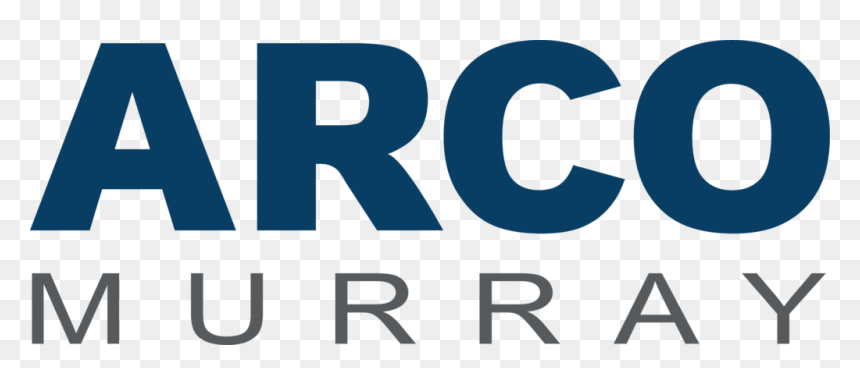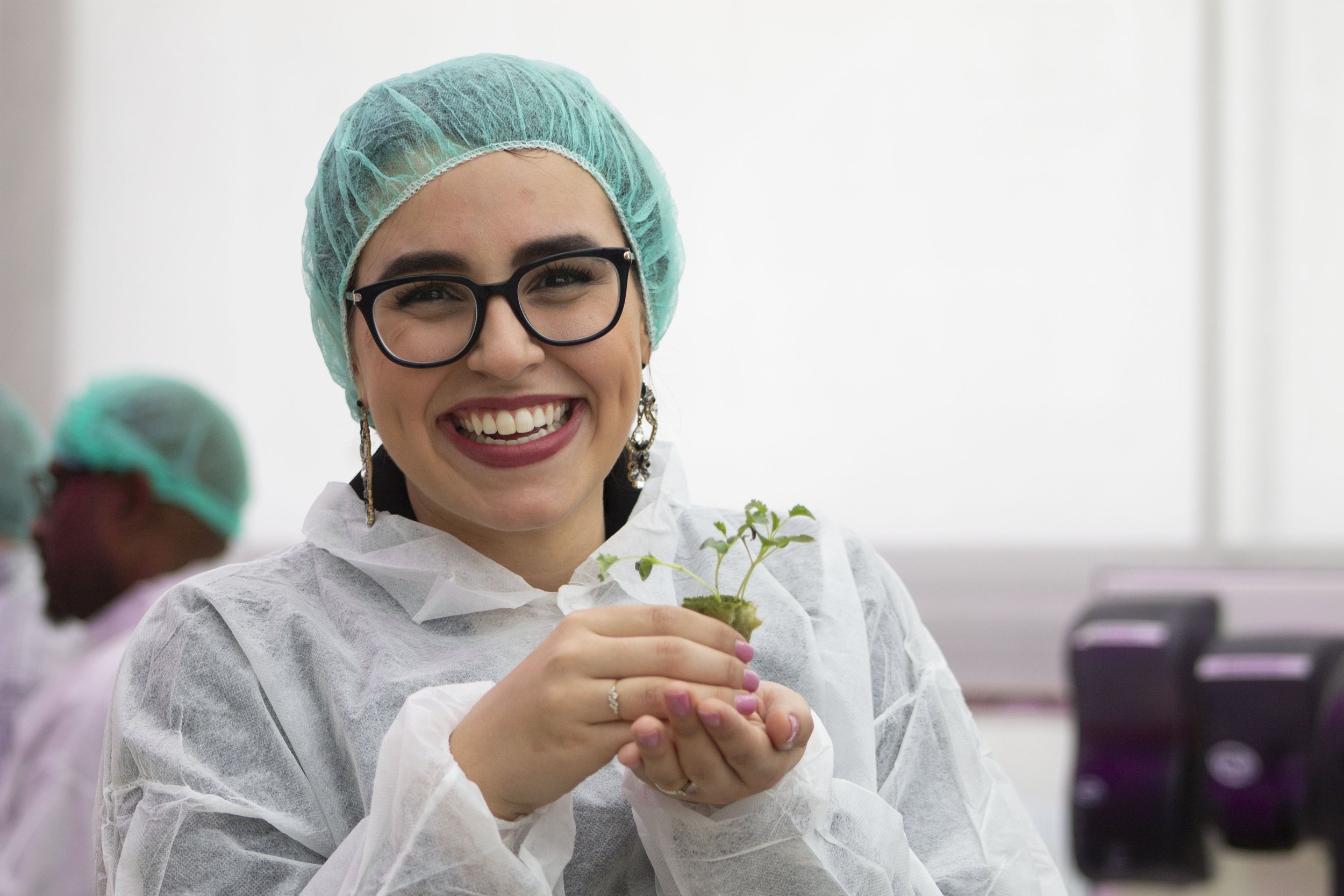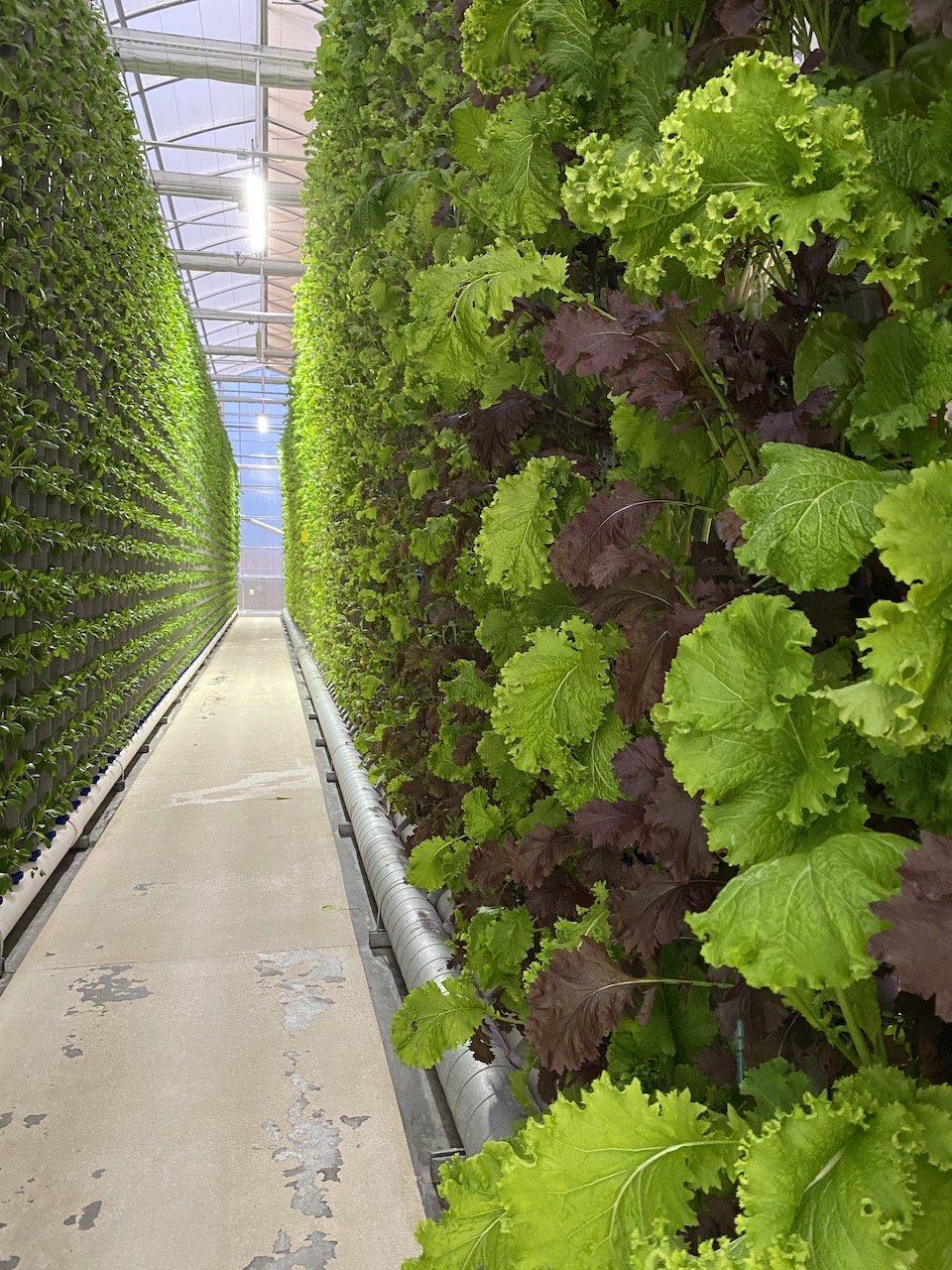Your one-stop vertical farm for 澳洲幸运10开奖官网开奖网址:幸运10分钟查询历史记录168,在线播放视频直播澳洲的幸运十号码结果local produce at affordable prices.
Consistently fill your shelves with hydroponic produce and custom greenhouse-grown products.
Ditch the 168澳洲幸运10正规官网2025:开奖直播结果号码+开奖结果历史查询unreliable produce you — and your customers — hate.
Add a fresh greenhouse-grown category to your private label store instead. Choose which produce to grow, the quantities you want, and even select from a variety of sustainable packaging styles and sizes.
Check out our hydroponic produce for your private label.

The “3,000-mile salads” have got to stop.
Save your shelves from wilted produce that has traveled thousands of miles, lost most of its nutrients, and arrived at your store a week after it was harvested. Now you can customize your store brand’s line of fresh hydroponic produce without the sky high costs, supply chain delays, food waste and frequent recalls.
We’ve shortened the supply chain. Now you decide what we grow.
See how we help store brands grow their private label.
Join us and commit to eating good and doing good.
Up to 10% of daily harvests go to local nonprofits fighting hunger and homelessness!
Total Donations
414,794
pounds of hydroponic produce
6,880
ready-to-plant seedlings
Eden Green Technology
✓ Daily harvests, grows 24/7/365
✓ Grow all of your products at one farm
✓ 48 hours from farm to store
✓ Top 1% of all food-safe environments
✓ Offers private label with custom packing
✓ Grown less than 300 miles from the shopper
✓ Up to 10% of harvests donated to local nonprofits fighting hunger
✓ Supports local community with year-round jobs
How we differ澳洲幸运10开奖历史结果-开奖官网直播 from other produce suppliers
Local vertical farming produce is top of mind for consumers who are thinking more about their health, environmental sustainability, and ethical farming practices. Adding a hydroponic produce category to your private label offerings is a great way to differentiate your brand and offer sustainable products that customers love.
Other Produce Suppliers
✗ 2-3 harvests a year
✗ Only grows a single product
✗ 7-14 days from farm to store
✗ Exposed to runoff, pests and extreme weather
✗ Does not offer custom labels or packing in-house
✗ Grown 1,500-2,000 miles from the shopper
✗ 50% of food never makes it to the store
✗ Relies on migrant, seasonal workforce
Learn more about why we need to fix the food supply chain.
Custom Labeling and Packaging Options
Our produce can be packaged in clamshells or bags for retail shelves or in bulk for food service. However you decide to process and pack your products, freshness is always delivered.
Trusted Industry Partners
Waste less and save more with Eden Green
Traditional farming is one of the highest contributors to environmental crises by way of unprecedented water usage, greenhouse gas emissions, and contributions to an existing 1.3 billion tons of food waste per year. Here’s how we grow.
✓ 99% Less Land
✓ 85% Less Food Miles
✓ 98% Less Water
澳洲选十历史开奖记录168-澳洲幸运10开奖结果官方视频-澳洲10全天在线稳定计划 Learn all about the basics of hydroponic produce, CEA & vertical farming
Shoppers are buying private labels more than ever, and turning to hydroponic produce for fresher, healthier and tastier food. Learn more about the benefits of controlled environment agriculture on our blog.

